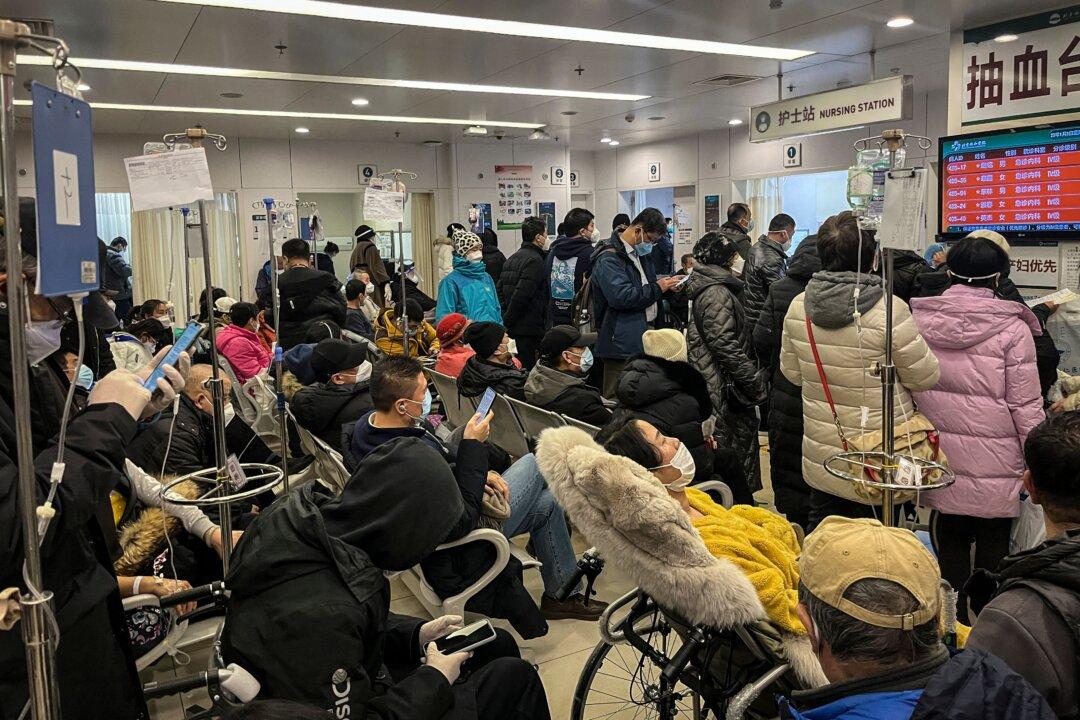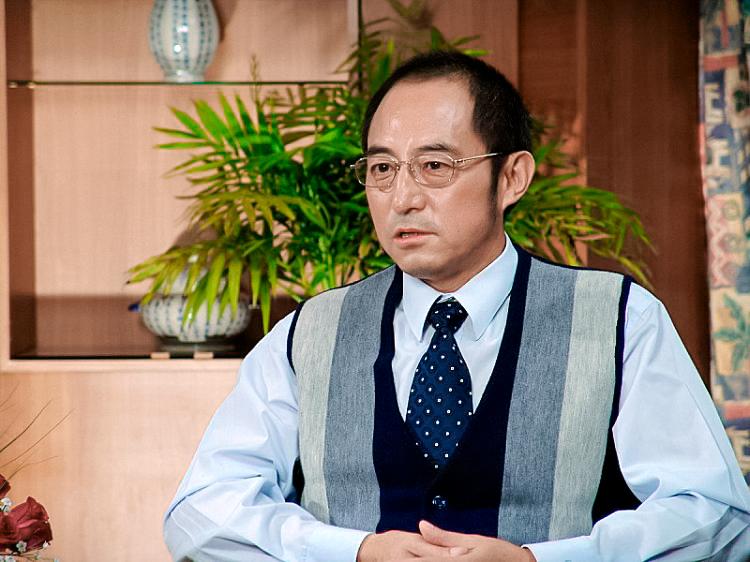Residents in rural China have described a surge in deaths in their townships and local crematoriums operating around the clock amid a severe COVID wave sweeping the country.
As Chinese officials acknowledge that 80 percent of the population has been infected with COVID-19, concerns have risen about the outbreak situation in the countryside, given the extreme shortage of medical supplies and resources in rural China. This problem has been exacerbated as millions of Chinese traveled from the cities back to their hometowns during the Lunar New Year festivities, which started over the weekend of Jan. 21.




